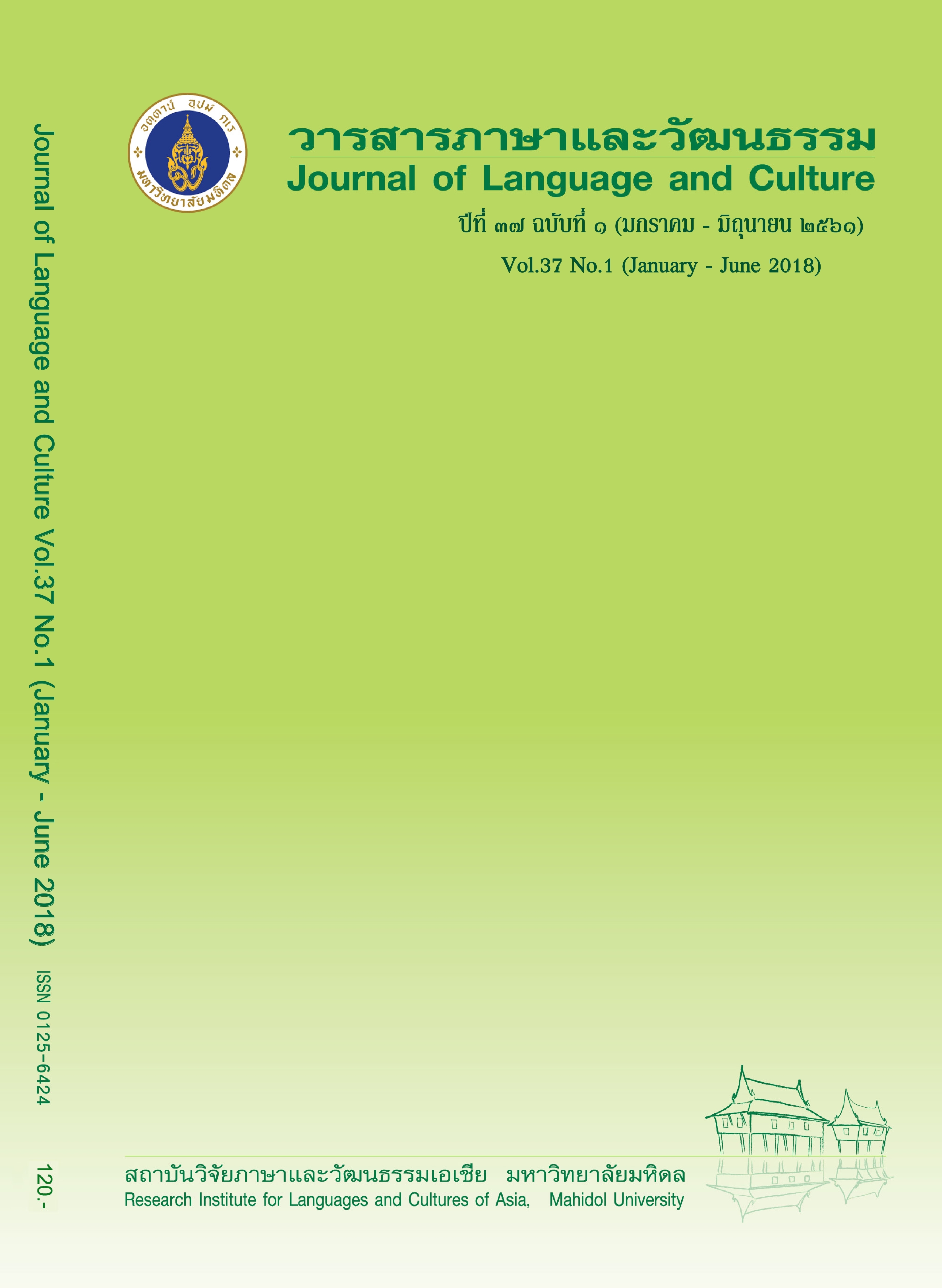Muzium Negara of Malaysia: Museum and multiculturalism in the context of plural society and transnational labour mobility in ASEAN
Main Article Content
Abstract
This article examines how the permanent exhibitions of the Malaysian National Museum represent the plural society of the country. The article frames its analysis in the context of Malaysia as a plural society and as a popular destination of transnational labor mobility. The analytical framework of the article is informed by scholarly debates in museum studies, scholarship on representation and multicultural studies. Data derive from documentary research and field work conducted the Malaysian National Museum. The discussion is enhanced by comparative observations on museum initiatives in the European Union and the UK. The study shows that the museum glorifies bygone Malay kingdoms as a cultural foundation of modern Malaysia, which serves to legitimize the privileges of ethnic Malays as the indigenous people of Malaysia. It also showcases inter-ethnic marriages between Malay and Chinese as a representation of Malaysia’s plural society and unity. In representing the Malaysian nation as it exists today, the exhibition portrays the coexistence of Malays, Chinese, Indian and European-Malays at the center of the nation. Other ethnic groups who are also Malaysian citizens are represented only through cultural makers such as costume, tradition, and food. As a result, their contributions to the nation appear to be superficial. The article therefore suggests that museums must play a more constructive role in promoting sustainable multiculturalism and multicultural governance in Malaysia, as well as ASEAN member states in general.
Article Details
The articles featured in the Journal of Language and Culture (JLC) constitute academic works representing the viewpoints of the respective author(s). It is crucial to note that these opinions do not necessarily reflect those of the Editorial Board.
All articles published in JLC are released under the Creative Commons Attribution 4.0 International License (CC BY 4.0). This license grants permission for unrestricted use, distribution, and reproduction in any medium, provided proper credit is given to the original author(s) and the source.


